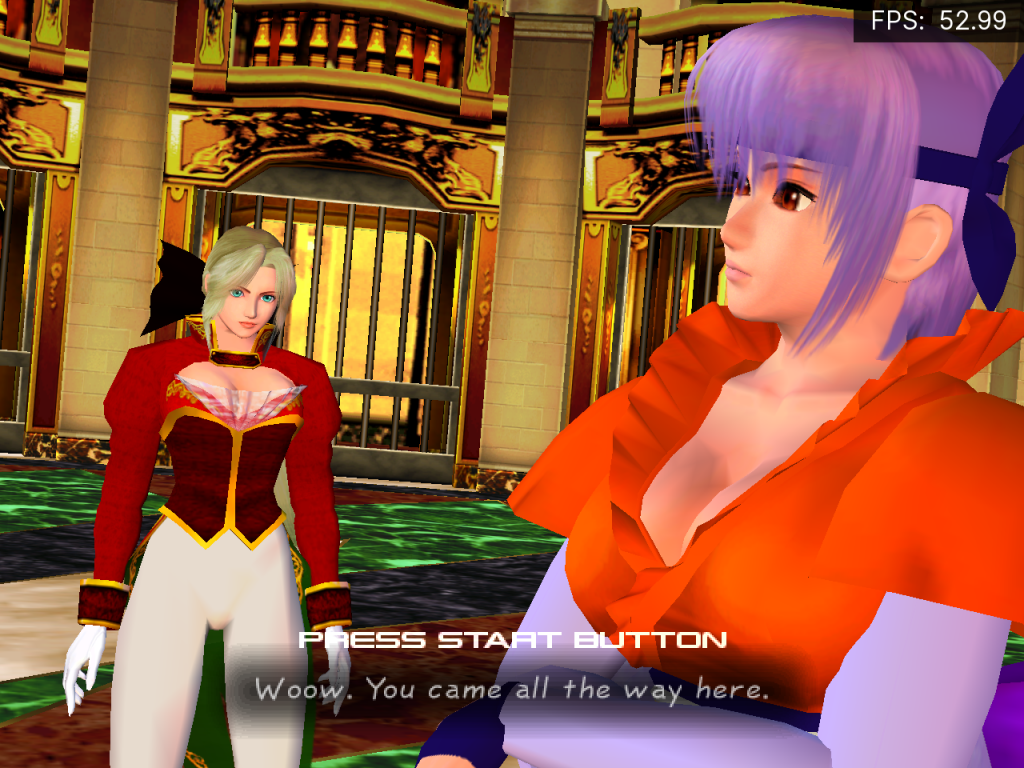The Dreamcast is a home computer game console established and marketed by Sega. The initial of the 6th generation of computer game consoles, it was launched in Japan on November 27, 1998, in North America on September 9, 1999, and in Europe on October 14, 1999. The 5th and last home console created by Sega, the Dreamcast is the successor to the Sega Saturn, whose business failing prompted the company to release it just 4 years after its predecessor’s preliminary release.
All certified games for the Dreamcast were released on the GD-ROM layout, a proprietary CD-based optical disk format jointly created by Sega and Yamaha Firm that can storing up to 1 GB of information. The Dreamcast itself includes local lockout. While the higher-capacity DVD-ROM layout was available during the console’s development, its then-fledgling innovation was regarded as well pricey to execute at the time, which resulted in ramifications for Sega when competitors such as Sony’s PlayStation 2 came to market; the Dreamcast was unable to use DVD film playback when the general public began switching over from VHS to DVD, and its games were incapable to make the most of the DVD’s higher storage space capability and reduced price. In addition, an exploit in the console’s copy defense system using its support for the little-used MIL-CD style properly enabled individuals to play numerous games burned onto CD-Rs, with no equipment modifications.
The Dreamcast’s preliminary launch in Japan had four launch titles, which were Virtua Boxer 3tb, Pen TriIcelon, Godzilla Generations, and July.Join Us sega dreamcast roms website The North American debut included 19 launch titles, that included very prepared for ones such as Sonic Adventure, Soulcalibur, and NFL 2K. The European introduction was originally going to include 10 launch titles, yet the list raised to 15 as its delay from the initial September 23 launch day allowed the addition of a handful of additional titles. As a result of the similarity of the Dreamcast’s equipment with Sega’s very own New Gallery Procedure Machine Idea (NAOMI) gallery board, it saw numerous near-identical ports of gallery video games. Plus, given that the Dreamcast’s equipment used parts similar to those located in computers (PCs) of the age, especially ones with Pentium II and III cpus, it also saw a handful of ports of computer games. American third-party author Digital Arts, which had actually extensively sustained Sega’s prior consoles starting with the Sega Genesis, chose not to establish games for the Dreamcast due to a dispute with Sega over licensing.
Sega terminated the Dreamcast’s hardware in March 2001, and software program assistance swiftly diminished therefore. Software application mainly dripped to a drop in 2002, though the Dreamcast’s final certified video game on GD-ROM was Karous, released just in Japan on March 8, 2007, virtually coinciding with completion of GD-ROM manufacturing the previous month. The final first-party game for the Dreamcast was Puyo Fever, released as a Japanese special on February 24, 2004.
This list papers all officially launched and homebrew games for the Dreamcast. It does not consist of any terminated video games, which are recorded at the checklist of terminated Dreamcast games.
















